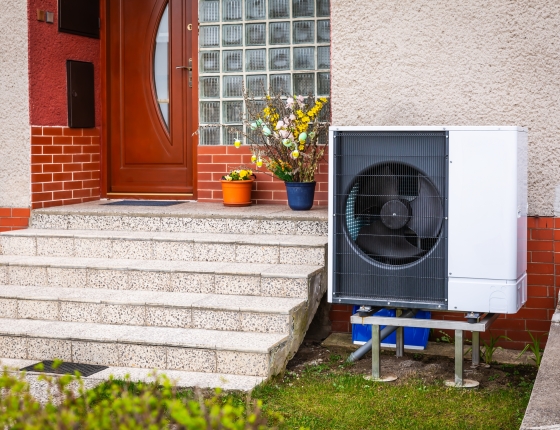This post complements our quarterly research newsletter, which features updates on CEE's research projects. Sign up to get this information in your inbox.
Upper Midwest Inter-Tribal EV Charging Network
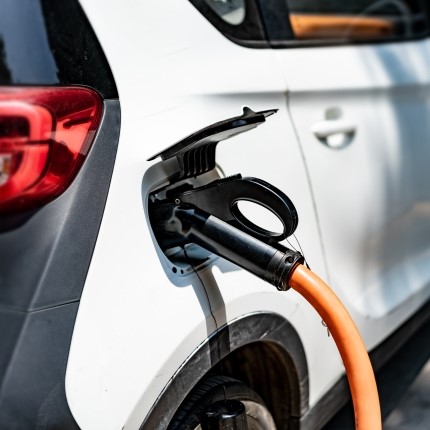
Background: This project will broaden use and access to electric vehicles (EVs) for Tribal communities in the Upper Midwest by deploying and assessing EVs, charging infrastructure, and outreach. The project team will also create a template based on their findings to support others seeking to replicate this work. CEE will lead the analysis of EV use and charging infrastructure metrics to quantify emissions reductions and the total cost of operation.
Update: In late August, CEE visited the fleet partners in Red Lake Nation to gather feedback on the strengths and weaknesses of using EVs in their community. EV drivers reported high satisfaction and positive experiences with charger network reliability, but confidence in EV range still has room to grow, especially in winter. While final totals are incomplete, the EVs deployed in this project have traveled more than 117,000 miles and reduced tailpipe emissions by approximately 24 kg of NOx and 140 kg of VOC, two major pollutants.
This work is supported by the U.S. Department of Energy’s Office of Energy Efficiency and Renewable Energy (EERE) under the Vehicle Technologies Office Award Number DE-EE0009865.
Aerosol sealing for occupied homes
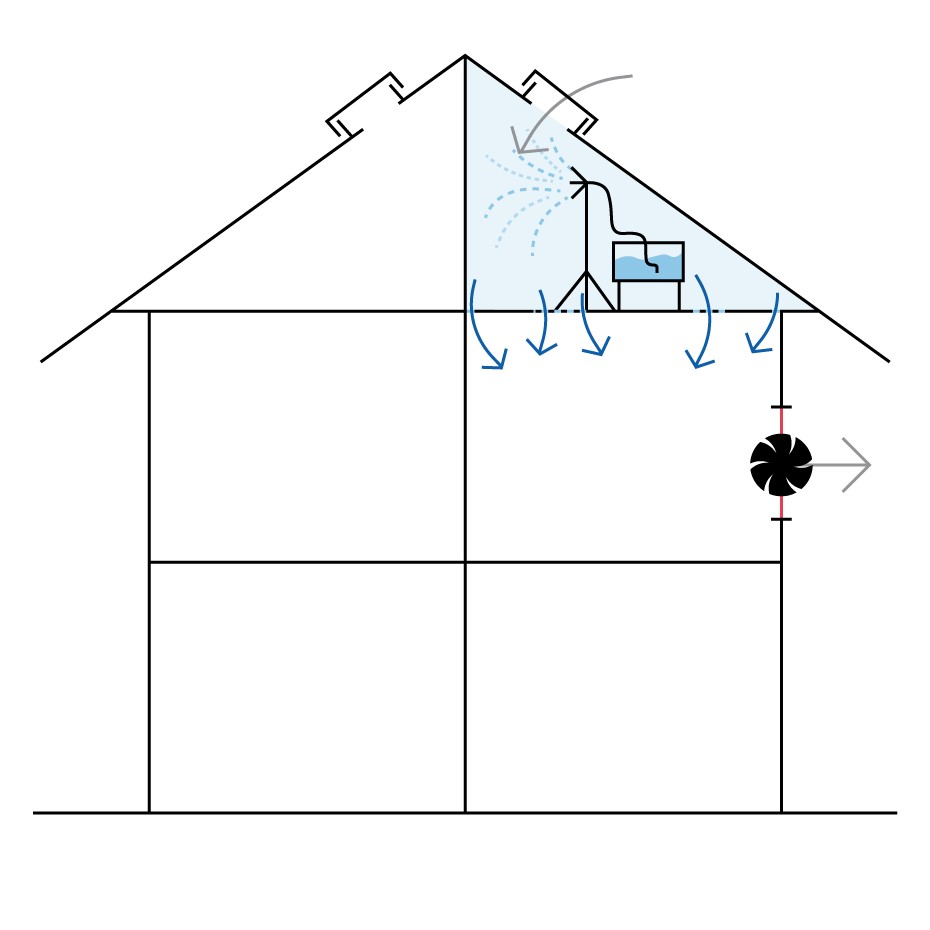 Background: This project, administered by ComEd’s Customer Innovation Program and in partnership with ILLUME Advising, will apply a new AeroBarrier exterior envelope sealing method on multifamily apartment dwellings. For this method, a sealant fog is released in the unit’s attic while a blower door fan exhausts air from the unit, pulling the fog from the attic through the air leaks and sealing them in the process. Early demonstrations of this application reduced apartment unit leakage by 30% to 55% and, unlike previous methods, can be conducted in occupied units without having to cover furniture and finished surfaces.
Background: This project, administered by ComEd’s Customer Innovation Program and in partnership with ILLUME Advising, will apply a new AeroBarrier exterior envelope sealing method on multifamily apartment dwellings. For this method, a sealant fog is released in the unit’s attic while a blower door fan exhausts air from the unit, pulling the fog from the attic through the air leaks and sealing them in the process. Early demonstrations of this application reduced apartment unit leakage by 30% to 55% and, unlike previous methods, can be conducted in occupied units without having to cover furniture and finished surfaces.
Update: The project team has held a kick-off meeting and identified two potential building sites to test this aerosol sealing method. The team is creating recruiting materials and plans to seal up to 12 occupied units in two to three multifamily buildings this fall. Evaluation of the energy savings in the sealed units will be completed later this year. Participants will benefit from reduced energy use, less drafty units, and a lower risk of attic moisture and ice dams. Building owners or tenants interested in participating in this study should contact CEE’s research team for more information.
Email research@mncee.org to participate
This project is funded by ComEd.
Northeast electrification rates analysis
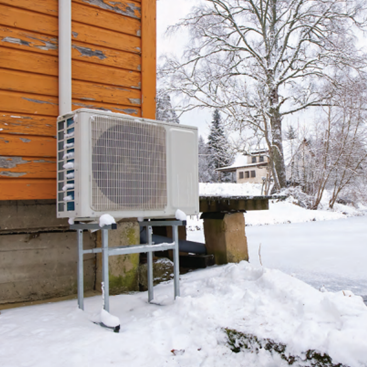
Background: Northeast Energy Efficiency Partnerships (NEEP) is partnering with CEE and other organizations to investigate and advance air source heat pump (ASHP) adoption in their 13-state territory reaching from Maine to West Virginia. This project includes an investigation of heat pumps as replacements for traditional central air conditioning systems (CACs), HVAC contractor training summits, and a deep dive into utility rates and heat pump economics across the region. CEE’s research team is focused on this rates analysis, mirroring similar rates work performed for the Midwest region, published in 2023.
Update: The rates analysis models expected operational economics of all-electric ASHPs in each state, comparing these bill estimates to existing natural gas, propane, and fuel oil heating systems paired with CACs. In addition to standard rate combinations for each state, the research team will produce case studies on several special rate classes available to customers in New York, Maryland, and Massachusetts. These include time-of-use rates, special seasonal pricing, and demand-based structures that can change the savings outcome for all-electric ASHP systems. Results from this work will be published as a report in December 2025, as a compendium to a report on rates for electrification, efficiency, grid flexibility, and affordability to be published in November 2025.
Continuous exterior insulation
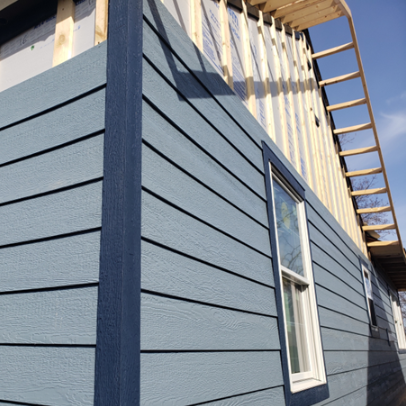
Background: This study evaluates the cost and energy savings of installing continuous exterior insulation (CEI) at the time of re-siding a home. CEI is insulation installed on the outside of a home, below the siding, to improve comfort, reduce energy consumption, and lower utility bills. The project team will evaluate the efficacy of CEI to lower heating and cooling loads, document projects to identify logistical and other barriers, and model the impact of CEI on decarbonization and electrification efforts.
Update: 2025 recruitment is complete, and final installations are ongoing through November 2025. Findings from these projects will be compiled in the coming months to inform the selection of participants for 2026. While final recruiting decisions will be made in late 2025 and early 2026, those interested in participating in the study can submit the details of their 2026 re-siding project using the survey below. Participants will receive up to $15,000 toward installing CEI during re-siding.
Fill out the participation survey
This project is supported by a grant from the Minnesota Department of Commerce, Division of Energy Resources through the Conservation Applied Research and Development (CARD) program, which is funded by Minnesota ratepayers.
ComEd Go Electric savings calculator

Background: ComEd, the largest electric utility in Illinois serving Chicagoland and Northern Illinois, has developed a Go Electric website providing customers with information on how electrifying their home heating needs with heat pumps can help lower energy bills and reduce energy consumption year-round. This website includes a savings calculator that uses models produced by CEE’s research team to estimate the impacts of electrifying space heating and water heating on customer energy bills and associated greenhouse gas emissions. Results are tailored to each household and help start customers on the path to energy efficient electrification.
Update: Previously published in fall 2024, this calculator has recently been updated to include new estimates for the combined impact of electrifying space heating and water heating at the same time. Information available on the broader Go Electric website also estimates impacts from replacing laundry, cooking, and outdoor equipment with energy efficient electric alternatives.
This project is funded by ComEd.
MEDIA CONTACT
Tim Hanrahan, thanrahan@mncee.org
